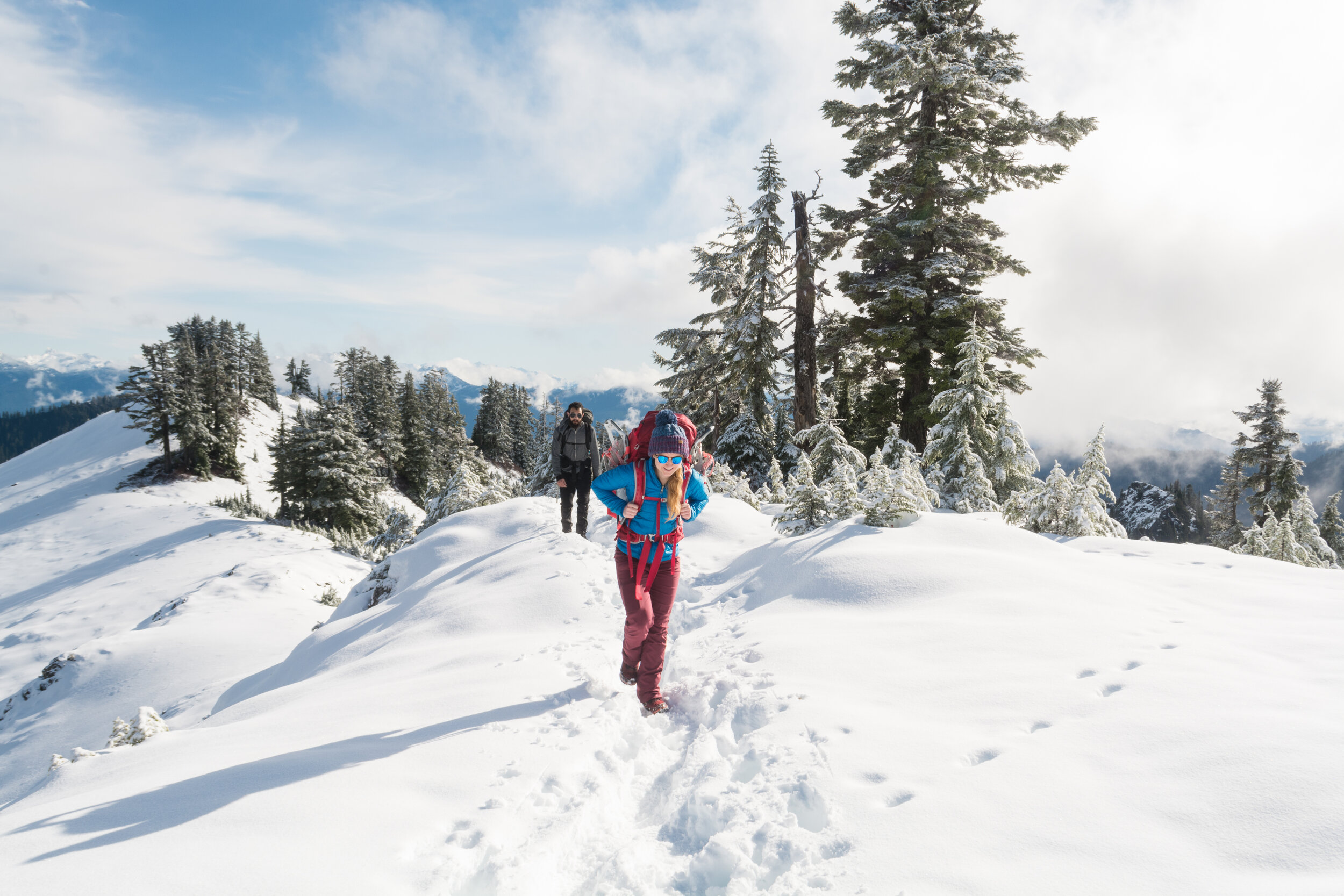It’s a picture of me, at Everest Base Camp in Nepal. Almost immediately after I posted, the comments began. “I don’t think that’s approved footwear.” “Why aren’t you wearing boots?” “Wow, I can’t believe you did that in trail runners.” “You’re an idiot for those shoes.” The incredulous chorus wore on, despite the evidence of my successful return from the trip with all my toes intact and my smiling face. It made me realize that we need to have a conversation about trail runners, so let’s talk about them.
What exactly is a trail runner? Imagine your favorite tennis shoe, but beefier. Trail runners are specifically designed to offer better support, stability, and protection for your feet for off road adventures. Generally speaking, they offer better traction, shield your feet from inevitable contact with rocks and other trail hazards, and have stiffer construction than traditional tennis shoes. They also often feature more rugged face fabrics that can also be waterproof so you can tackle varied terrain without worrying about tearing them up.
Although these shoes were designed with runners in mind, more and more hikers are taking to them for non-technical (or technical, all hail local legends Alex Borsuk and Stuke Sowle) trails. I have worn mine for trails all over the world and even summited Glacier Peak (via the Gerdine Ridge) without ever stepping foot in a boot. I love how lightweight and comfortable they are, and how easy they are to pack when traveling greater distances. I don’t pull on my boots unless crampons are required or deep snow beckons and my bunion thanks me for it.
That said, there are a few things to consider before you ditch your boots.
Fit matters. Before you make a purchasing decision, visit your local outdoor retailer and talk to a fit specialist about the shoe that’s right for you. Make sure you tell them about any inserts you have, and your intended use of the shoes. Try them on, and don’t be shy about walking around the store in them.
Start slow. If you’re accustomed to wearing boots, you’ll want to start by tackling some shorter trails so your ankles and legs have time to strengthen and adjust to the difference in support and fit. Don’t be afraid to load up your pack and hit your neighborhood trail or pound the pavement for a few days so you can get used to the difference.
Consider your choice of socks. Even if you opt for a pair of shoes with waterproof fabric, trail runners are prone to getting wet if for no other reason than their height allows water to get in from the top as well as through any other non-waterproof parts. That’s okay, as many of them also offer fast drying features to keep your feet happy on multi-day treks. However, you will want to consider which socks you’re wearing. If I’m heading out for several days with a high chance of wet feet, I always wear wool shorties from Smartwool so my feet are warm even when wet. As much as I love my cotton KB socks from Costco, they have to go when it’s time to get after it!
Check your route before you go. As much as I love my trail runners, I am also aware of their limitations. While they have served me well for easy scrambles and long walks in the mountains (I logged 150+ miles in a month in the Himalayas in my latest pair), they aren’t a perfect substitute for boots in every situation. When steep snow and ice beckon, it’s boot time. Do your research, make smart decisions, and come home with happy feet!
As a final note, I want to briefly highlight another important aspect of this conversation: money. Often, we get caught up in the idea of the things we think someone needs to get outside successfully, when in reality we need much less to safely, successfully achieve our goals. When this happens, we run the risk of perpetuating some classist, gatekeeping ideologies and that’s not a cute look on anyone. So, the next time you catch yourself wanting to criticize someone for their choice of gear, take a step back and consider if you’re offering objectively sound advice, or if something else is at play.
Stay safe out there, friends. Happy trails.



